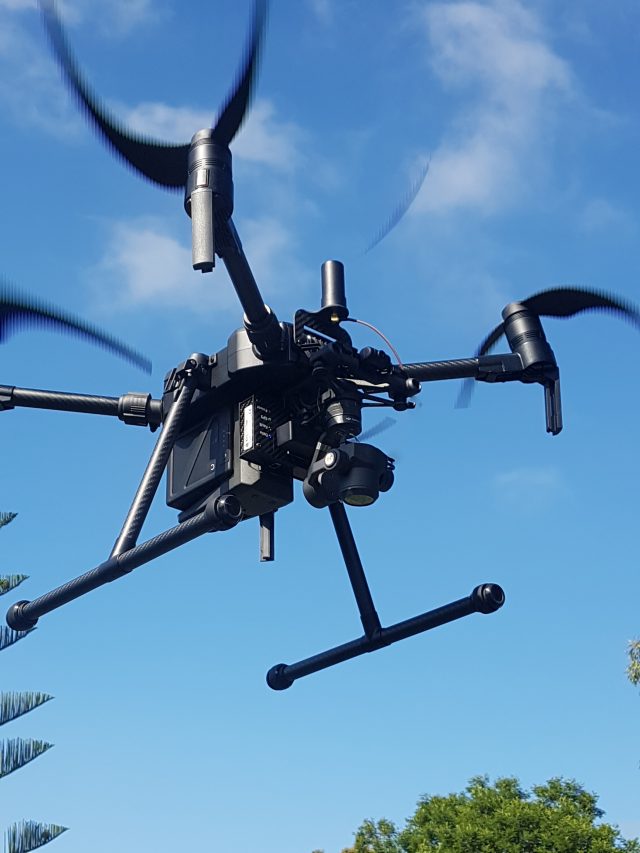
Aerial data capture is just that, aerial or remotely sensed, and it needs to be tied to the ground in some way. Photogrammetry alone, with any data, may create a DSM (digital surface model) that looks great to the eye, may be high GSD (resolution) and some may consider it to have good ‘relative’ accuracy. But it will have warps and wobbles or gross spatial shifts that are very significant as we try to use this mapping for survey grade measurements.
The placement of each pixel in each photo relates to the accuracy achieved on the ground. Each photo has errors due to many variable factors such as geometric pixel distortion caused by the aircraft motion and vibration at the time of exposure, lens distortions, image blur and many other small factors which contribute significantly to the errors in the results.
GCPs or ground control points are the obvious traditional way of tying photogrammetry model to the ground. The limitations quickly become evident with the time and cost of placement, if access even is possible, and errors creep in between the GCPs as the matching process does its best to work with less than perfect photos.
Putting the control in the air is a great step towards increasing absolute accuracy. A blanket of control over the whole site, hundreds of control points using RTK or PPK in the drone or aircraft. There are many positioning systems on the market, from very cheap L1 RTK systems to sophisticated and robust PPK systems (such as KlauPPK), with various levels of accuracy, range, reliability and cost.
Accurate middle of exposure timing is critical to aerial control point capture as a few milliseconds in timing error will be significant as we chase cm level accuracy. The same applies to the aircraft pitch, roll and yaw, which affect the accuracy of each photo location.
While users typically look at megapixel count when selecting a camera, there are more important criteria such as shutter mechanism, internal camera buffering, moving parts inside the camera, lens quality and sensor size. Sensor size is an important factor, enabling the camera to capture more data. A leaf shutter will capture every pixel at the same instant, compared to a rolling shutter that scans them in. If the camera is moving, the pixel locations are warped within the photo, resulting in geometric distortion of the pixel arrangement and poorer image matching. Thus, a less accurate 3D mapping results.
Although photogrammetry processing software normally estimates the lens distortion and camera calibration parameters, a typical non-metric camera does not hold those calibration parameters well. Quite often these calibration parameters vary depending on the flight altitude, ground texture, image quality and matching uncertainties, leading to a degraded and unreliable result in processing. The actual focal length of the lens is also a critical factor, where this is different to the camera spec, or changes with moving parts in the camera, the terrain in the model will be lifted or dropped, often quite significantly.
Seems like a minefield! It can be. And we still haven’t touched on coordinate systems, geoids and datums, often local on mine sites; another trap for the unwary.
The Klau Geomatics PPK system addresses all of the issues flagged in this brief and manages them in a sophisticated yet simple system that easily integrates onto any drone. See www.klauppk.com for more details.
